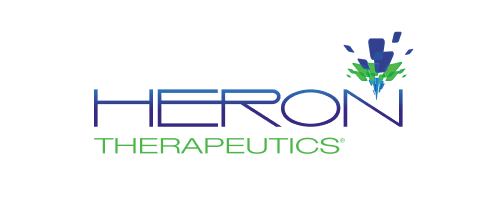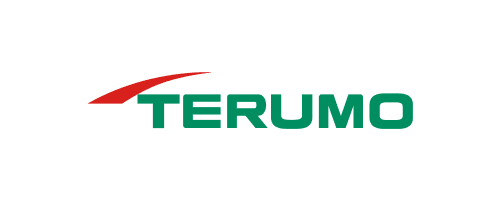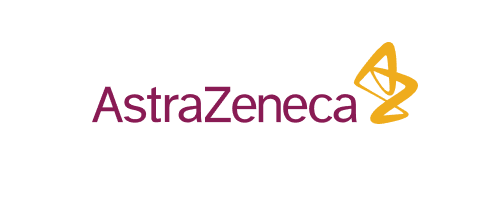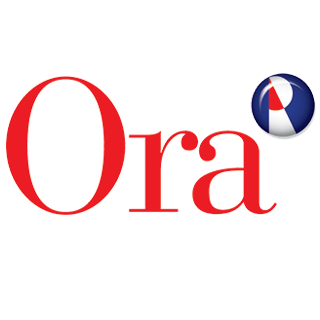Running efficient clinical trials is essential for emerging biotechs to achieve growth at scale. A key aspect of improving the speed, timeliness, costs, and accuracy of trials is implementing a clinical trial management system (CTMS) that is optimized for business operations. Heron Therapeutics, a biotech company with three commercial products and over 10 studies running in various stages at any given time, develops therapies for oncology and acute care.
Heron applies its innovative science and technologies to develop patient-focused treatments. The company has implemented the Veeva Vault RIM, Vault Quality, and several applications within the Vault Clinical Operations — including Vault CTMS. With over 50 active sites and counting, Heron’s implementation of Vault CTMS enables proactive trial management, operational efficiency, and improved collaboration, among other advantages.

Drivers for implementing a new clinical trial management system
Realizing the need to speed trials, gain greater visibility, and improve study analytics, Heron implemented a CTMS with another provider in 2017, but the system was not user-friendly or intuitive, and it didn’t easily integrate with the company’s other clinical systems. The CTMS wasn’t adopted by users.
When Susan Stamford, Heron’s executive director of clinical operations, joined the company in 2019, one of her key tasks was to replace the existing CTMS with a more modern system that better aligned with Heron’s values, goals, strategies, and systems. “I knew we needed a solution that could support our growth and that was in line with our other operational activities,” said Stamford. “One of the most important criteria was having a single source of truth so we could easily pull data together in one place to reduce errors.”
Heron relied heavily on Word documents and Excel trackers that required multiple manual reviews for quality control. Based on prior experience, Heron’s clinical leaders knew they had to digitize as many processes and activities as possible and focus on preparing the organization for change to drive the adoption of new technology. “I had a lot of sleepless nights thinking about CTMS implementation, especially when our prior solution was in place,” said Stamford, who has worked in clinical operations for more than 25 years. “They stopped once we decided to implement Veeva and actually started the implementation.”
Developing best practices for CTMS implementation and training strategies
To address their clinical trial management challenges and needs, Heron’s team decided to implement Vault CTMS to take advantage of the unification with Vault eTMF, partnering closely with Veeva but overseeing the project themselves. Since Heron had already collaborated with Veeva to launch Vault eTMF, the CTMS implementation proceeded smoothly.
Using an agile approach, the team met all project deadlines. Unifying CTMS with eTMF has enabled the clinical team to streamline operations and speed up clinical trials. “This was a natural partnership for us because of our familiarity with Veeva’s platform and their team’s expertise in business processes, project management, and systems,” Stamford said.
Although Heron and Veeva were both accustomed to conducting training and implementation onsite, they quickly pivoted to online strategies when the pandemic struck. Heron’s team followed Veeva’s agile implementation to ensure that end users were prepared for change and ready to execute trials by:
- Creating small, integrated teams and holding regular cross-functional team meetings to discuss the execution and status of activities
- Aligning on expectations internally for user acceptance testing and developing tip sheets with screenshots for reference
- Providing just-in-time training with ongoing support based on individual needs and delivering train-the-trainer sessions customized by role
- Having subject matter experts (SMEs) test solutions in a real-time sandbox environment to “test drive” the system
“We engaged SMEs early and often, encouraging them to flag questions and recommend innovative approaches,” Stamford said. “And giving the team job aids like tip sheets with step-by-step instructions and screenshots was very helpful. People could refer to them if they forgot something or needed a refresher.”
Improving clinical trials with the right CTMS
Heron’s successful rollout of Vault CTMS has provided many benefits. In addition to being easy to use and adopt, the application has reduced the manual processes once required for monitoring events—including confirmation letters, visit reports, and follow-up letters, cutting the time required for each event by 30 minutes. Filing time per document has been reduced to 10 minutes.
The benefits of unifying CTMS and eTMF are clear. Once documents are finalized in Vault CTMS, they automatically populate in Vault eTMF, making data easily searchable and accessible. The organization reviews protocol deviations monthly in Vault CTMS and relies on version-controlled audit trails to guide discussions. The study team consistently meets its target for visit report timeliness, and study-level decisions can be made more easily.
What’s on the horizon
As Heron grows and refines its systems and processes, its clinical team remains focused on creating a culture of continuous improvement, in which members are constantly learning and developing new tools based on best practices. The team aims to implement the risk-based quality management features in Vault CTMS to manage study risks more proactively, create more dashboards, and automate information flows with sites using Veeva Site Connect.
For more information on CTMS change management and implementation best practices, view this whitepaper.
More Customer Stories
See How
Explore the Implementation
See How They Optimized




